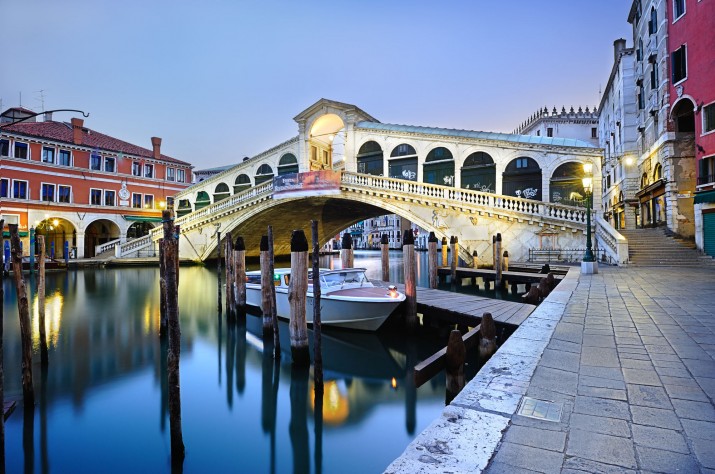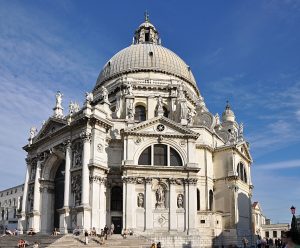Venice – An Underwater Forest

Venice – the floating city – is made up of over 100 islands and pieces of reclaimed land, connected by a series of bridges and canals that weave the city streets. However, many people are unaware that Venice actually sits on a bed of millions of log foundations – an underwater forest.
Why did this occur?
Venice was fist inhabited by locals form the mainland who were fleeing barbaric wars. These people escaped to the nearby marshes and sandy islands of Torcello, Iesolo and Malamocco. While their initial settlements were temporary in nature, the Venetian’s gradually began to inhabit the islands on a more permanent basis.
This meant that their buildings required solid foundations on which to stand. With an enormous influx of wood being brought to the islands for building houses and boats for the Venetian army, it made sense that the best way to do this was the use of wooden stakes and structures driven deep into the sandy ground.

Pile drivers building the foundations of Venice
How does it work?
The use of wood, instead of stone or metal, may seem surprising due to its durability and incidence of decay. However, the secret to the wooden foundation’s longevity is the fact that they are submerged in water and thick clay. This means that they are not exposed to oxygen, which is one of the main elements that microorganisms such as fungi and bacteria, need to survive. In addition, the constant flow of saltwater around and through the wood means that over time the wood is turned into a hardened stone-like material.
An underwater forest
The amount of wood required to support the structures you see in Venice today is phenomenal. For example, when the Santa Maria Della Salute church was built, it was recorded that 1,106,657 wooden stakes, each measuring 4 metres, were driven underwater. This process alone took two years and two months to be completed.

Santa Maria Della Salute, Venice
Similarly, the Rialto Bridge is held up by more than 12,000 ancient tree trunks burrowed 10 feet down into the layer of clay beneath the water. and support more than 10,000 tonnes of weight.

